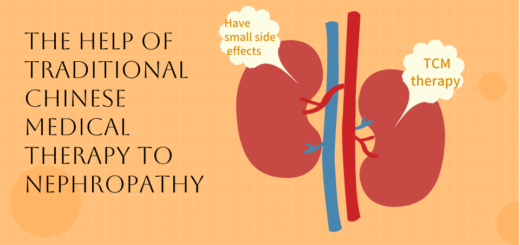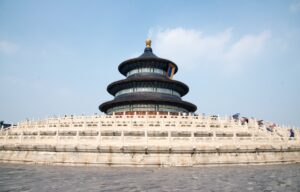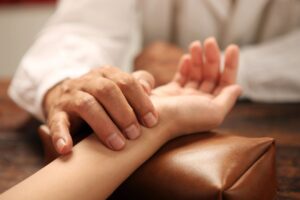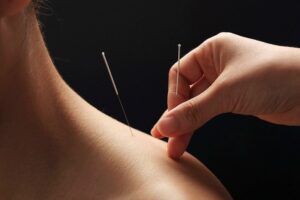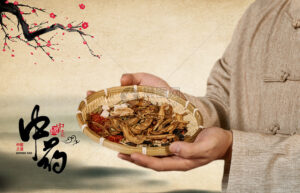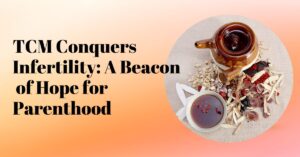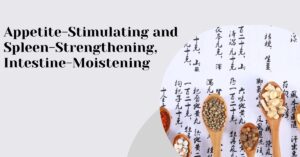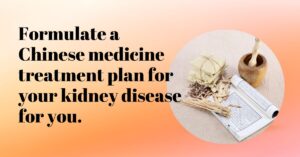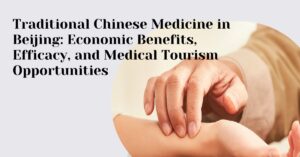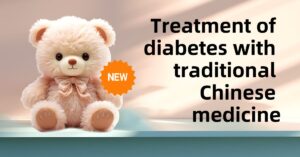The Advantages of Traditional Chinese Medicine (TCM) in the Treatment of Poliomyelitis
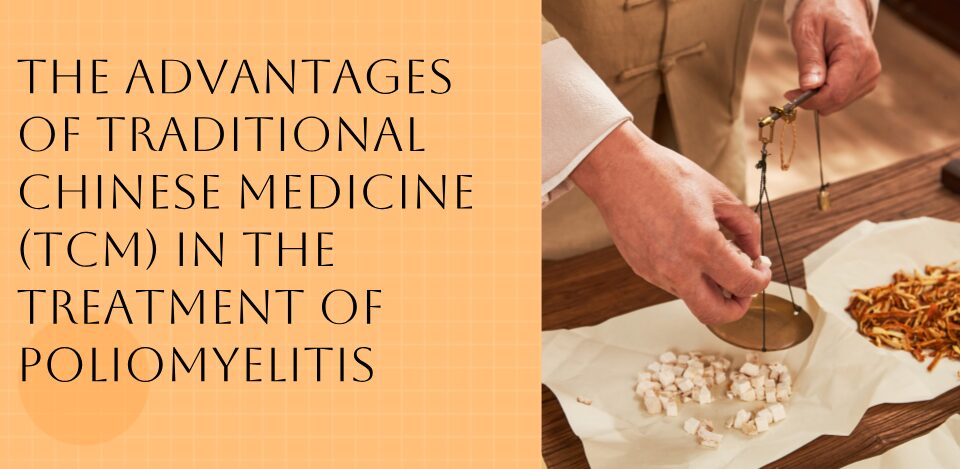
Poliomyelitis, commonly known as polio, is an acute infectious disease caused by the poliovirus, primarily transmitted through the digestive tract. Although modern medicine has developed effective vaccines to prevent this disease, challenges remain in the recovery and treatment of patients who have already been infected, especially those in the convalescent or sequelae phases of polio. In such cases, TCM offers unique advantages for treating polio.
I. Understanding Polio from a TCM Perspective
TCM believes that the occurrence of polio is related to insufficient vital energy (qi), invasion of external pathogens, and dysfunction of the internal organs. In TCM, polio is classified under the categories of “Wei Syndrome” (Flaccidity Syndrome) and “Wen Bing” (Warm Diseases). TCM posits that the disease is primarily caused by external pathogenic heat, leading to the accumulation of damp-heat within the body, resulting in impaired nourishment of the muscles and tendons, stagnation of qi and blood, and ultimately, symptoms such as limb weakness and paralysis. TCM emphasizes syndrome differentiation and treatment based on individual symptoms and constitution when treating polio.
II. Main TCM Methods for Treating Polio
- Herbal Medicine 🌿
Herbal medicine is a primary method in TCM for treating polio. TCM practitioners use syndrome differentiation to select herbal formulas that clear heat and detoxify, dispel wind and dampness, tonify qi and blood, and promote blood circulation to regulate the patient’s qi and blood flow and organ functions. Commonly used formulas include Buyang Huanwu Decoction, Siwu Decoction, and Buzhong Yiqi Decoction. These formulas can effectively improve symptoms such as limb weakness and paralysis, promoting recovery. - Acupuncture Therapy 🪡
Acupuncture is an important TCM method for treating polio. By stimulating specific acupoints on the meridians, acupuncture can help unblock the meridians, regulate qi and blood, and enhance physical strength. Commonly selected acupoints include Zusanli (ST36), Yanglingquan (GB34), Quchi (LI11), Hegu (LI4), and Taichong (LR3). Stimulating these acupoints can enhance nerve function, improve muscle tone and mobility, and enhance limb function recovery. - Tui Na (Massage Therapy) 🤲
Tui Na, a form of Chinese therapeutic massage, is an adjunctive therapy in TCM for treating polio. Through specific techniques such as rubbing, kneading, pressing, and rolling, Tui Na can relax muscles and tendons, regulate qi and blood, and improve blood circulation, thereby enhancing the function of the affected limbs. Tui Na is particularly effective for patients in the recovery phase of polio, helping to relieve muscle spasms and improve muscle strength and coordination. - Rehabilitation Training 🏃♂️
TCM emphasizes holistic regulation, and rehabilitation training is part of TCM treatment for polio. Rehabilitation training includes functional exercises and TCM-specific practices such as Daoyin (guiding and stretching exercises) and Tai Chi. These activities aim to restore the patient’s limb mobility and improve overall physical fitness. TCM believes that appropriate exercise can mobilize the circulation of qi and blood throughout the body, enhancing the body’s self-repair ability.
III. Advantages of TCM in Treating Polio
- Holistic Approach 🌏
TCM adopts a holistic approach to treating polio, focusing on the patient’s overall health condition and disease progression while emphasizing the regulation of the body’s self-healing ability. Compared to modern medicine, which often targets specific lesions, TCM’s holistic regulation helps enhance the patient’s immunity and resistance, reducing the likelihood of recurrence. - Individualized Treatment 🎯
TCM emphasizes syndrome differentiation and treatment based on individual conditions. Each polio patient’s condition, constitution, and symptoms differ. TCM practitioners conduct detailed diagnoses and syndrome differentiation analyses to develop individualized treatment plans that better meet the therapeutic needs of different patients and improve treatment efficacy. - Natural Therapies with Fewer Side Effects 🌱
TCM primarily uses natural herbs and therapies, which generally have fewer side effects. Compared to some Western medicines that may cause drug dependence and side effects, TCM treatments are gentler and safer, especially for pediatric patients. Acupuncture and Tui Na are non-invasive and can effectively regulate the body’s balance and promote recovery. - Effective in the Rehabilitation Phase ⚕️
For polio patients in the rehabilitation phase, TCM treatments are notably effective in improving limb function and quality of life. Acupuncture, Tui Na, and herbal therapies can improve nerve and muscle function, promote nerve regeneration and muscle rebuilding, shorten recovery time, and enhance the patient’s quality of life. - Integration of Prevention and Treatment 🛡️
TCM emphasizes the prevention of diseases and early intervention, adhering to the principle of “preventive treatment of disease” and preventing disease progression. In the prevention and early treatment of polio, TCM regulates the body’s constitution and enhances immune function, effectively preventing disease. For patients already affected, TCM provides comprehensive treatments to prevent further deterioration and recurrence.
IV. Conclusion
In conclusion, TCM has unique advantages in treating polio. Through various treatment methods, such as herbal medicine, acupuncture, Tui Na, and rehabilitation training, TCM effectively improves symptoms, promotes recovery, and prevents recurrence. Furthermore, TCM’s holistic approach, individualized treatment, and natural therapies contribute to fewer side effects and higher safety in treating polio. Although the effectiveness of TCM in treating polio still requires further research and validation compared to modern medicine, it has already played a significant role as a complementary therapy in clinical practice.
In the future, with the advancement of TCM modernization and the in-depth development of integrated Chinese and Western medicine, TCM may play an even more significant role in treating polio and other diseases. Through further research and clinical validation, the theory and practice of TCM in treating polio will be further improved and promoted, bringing more benefits to patients.
💡 Disclaimer: The above reflects my personal viewpoint. Individual cases vary, and if you have any health issues, please consult a local doctor promptly.



